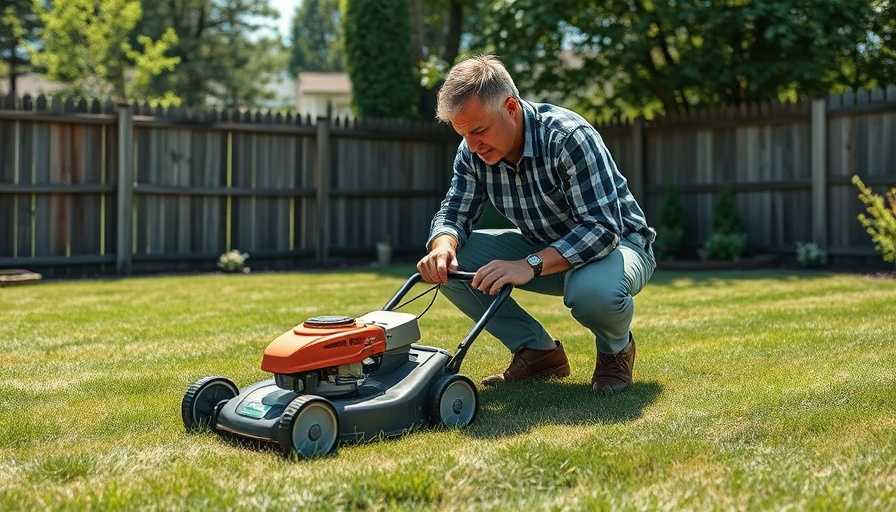
Mastering the Art of Packing Patio Furniture for Your Move
Moving patio furniture can feel overwhelming, especially when you are faced with bulky pieces and fragile surfaces. To ensure your furniture arrives in pristine condition, it’s essential to follow specific packing techniques that cater to the various types of materials. This guide will equip you with the know-how to pack and move your outdoor furniture efficiently, making your transition smoother.
Assessing Your Patio Furniture: Material Matters
Before diving into packing, take a moment to assess the condition and material of each piece of your patio furniture. Different materials require particular care:
- Wood: Treat wooden furniture with protective sealants to shield against moisture and scratches, particularly for popular choices like rattan.
- Metal: Avoid rust by using rust-resistant covers for wrought iron, cast iron, and aluminum furniture.
- Wicker: Handle wicker items delicately, as they can easily break.
- Plastic: While lightweight and easy to move, be cautious as plastic can crack under pressure during transport.
- Glass: Highly fragile, glass furniture needs thorough padding to prevent breakage.
Clean Before You Pack: A Crucial Step
Cleaning your patio furniture is vital before packing. This step prevents dirt and pests from hitching a ride to your new home. Here are cleaning tips tailored to each material:
- Wood: Wipe with a damp cloth and apply a protective sealant for added safety.
- Metal: Remove any rust and apply a protective coating.
- Wicker: Vacuum and use a mild soap solution to clean.
- Plastic: Wash thoroughly with soap and water, ensuring it dries completely.
- Glass: Use a glass cleaner and allow it to dry fully before wrapping.
Disassemble for Easier Handling
If applicable, disassembling modular furniture can significantly aid in packing. Detach cushions, table tops, and any other removable components to minimize damage risk. For example, securely bundle the parts of a patio umbrella.
Not only should you focus on furniture, but also consider other patio items like outdoor decors or heating appliances—taking the time to carefully dismantle these can save you from future headaches.
Protective Packing: Wrap Up Your Furniture
Proper wrapping techniques are key to protecting your patio furniture during the move:
- Moving blankets: Ideal for large or heavy pieces to prevent scratches.
- Bubble wrap: A must for fragile items, especially glass and wicker.
- Plastic wrap: Great for covering cushions and fabric items, safeguarding them from dirt.
- Cardboard: Use for additional support around delicate corners and between stacked items.
Strategic Loading: Ensuring Safe Transportation
As you load your moving truck, consider the arrangement carefully. Place heavier items at the bottom and ensure that fragile furniture is secured in a way that limits movement during transportation. Always prioritize weight distribution, which helps prevent accidents.
Final Thoughts: The Value of Proper Packing Techniques
By following these steps, you can minimize stress and ensure your patio furniture arrives ready for enjoyment in your new home. Packing may seem daunting, but with these practical insights and careful planning, your move can transition from overwhelming to organized.
As more individuals are relocating (especially first-time homebuyers moving to North Carolina from out of state), utilizing relocation tips can greatly simplify your experience. Don’t hesitate to seek out detailed housing checklist guides that are beneficial throughout your moving journey.
 Add Row
Add Row  Add
Add 




Write A Comment